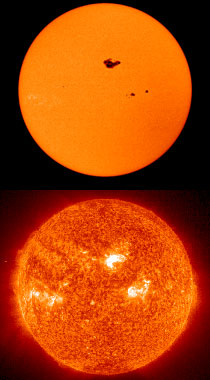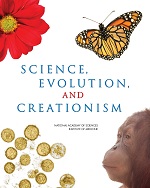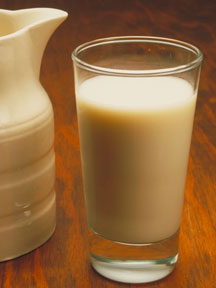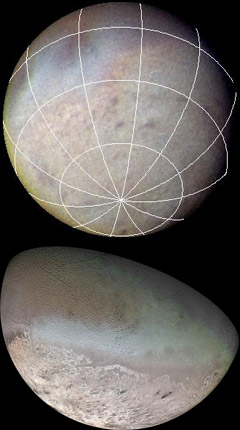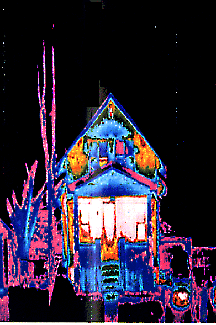Click on image for full size
Images courtesy of SOHO (ESA & NASA).
Related links:
Kelvin Temperature Scale Used in Astronomy
The Kelvin scale is a temperature scale that is used a lot in astronomy. You probably know about the Celsius (or Centigrade) scale, which is part of the metric system of measures. If you live in the USA, you also know about the Fahrenheit scale, which is used in the English system of measures.
Why do astronomers need another temperature scale? On Earth, the temperatures we feel most often are pretty much where water is liquid. A temperature scale that has "reasonable" numbers for "normal" temperatures makes sense for day-to-day use on Earth. For example, Earth's average temperature is around 15° C (49° F). Fifteen and 49 are pretty easy numbers to deal with. It wouldn't be so good if our temperature scale used really big numbers (like 6,437°) or really small numbers (like 0.052°) or negative numbers (like -147°) for normal temperatures. The Celsius and Fahrenheit scales are set up to have "reasonable" numbers for common temperatures on Earth.
Temperatures in space are often much colder or much hotter than we are used to on Earth. Comets and icy moons have temperatures close to absolute zero. Stars can have temperatures of thousands of degrees or higher. The Kelvin temperature scale is good to use for really hot and cold places in space. There aren't any negative numbers in the Kelvin scale. That makes it good to use for really cold temperatures. The temperature on Saturn's icy moon Triton is around 38 kelvins (that's -235° C or -391° F).
One degree in the Kelvin scale is "bigger" than a degree on the Fahrenheit scale. That means we can use smaller numbers for really hot things if we use the Kelvin scale. The core of the Sun has a temperature around 15 million kelvins, which is the same as 27 million degrees Fahrenheit. The Kelvin scale is good to use for both really cold and really hot things and places. That's why astronomers and space scientists use it a lot. Other kinds of scientists sometimes use the Kelvin scale too.


